We are participating in our local Sci-Tech / Xplor-ology Event, which is right around the corner. Every year, there are a couple of booths with quite a bit of information about watershed and water quality because the Verde River flows right through our surrounding towns, known as the Verde Valley.
Some of our test strips are used in local programs that educate students on the properties of water. Students evaluate how the health and quality of a river affects all water users, including human, agriculture, animal and industry. With the upcoming science festival on our minds, we wanted to explore water testing in a more advanced study: how do invasive species affect the properties of water?
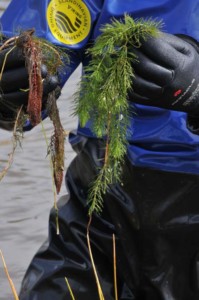
While we don’t have any zebra mussels in our area, they have become prevalent over the last few years in many inland lakes and rivers, particularly in the Great Lakes region. They are an invasive species and are very disruptive to the ecosystem. Another similar invasive species is known as the New Zealand mud snail. Last year, we developed an extra high level quat test strip for the Canada mountain national parks to help them test their waters after dealing with the New Zealand mud snail in their waters.
Plants can be invasive and destructive to an ecosystem as well. Look at the Eurasian Watermilfoil, for example. We’ll call it a water weed. It forms a thick mat of weeds, crowding out other native species. For more information on aquatic invasive plants and animals, here is a great resource from the USDA.
If you live in a region with an invasive aquatic species, then this study is for you.
Materials
You’ll need some of our test strips, along with other liquid testing kits, to gather a full range of data for your study. Some tests you might want perform include Phosphate, Water Hardness, Nitrate, pH, chlorides and clarity.
Study
Try testing a body of water or area that is not yet affected by the invasive species you have chosen. Then take samples and test an area affected by the invasive species. It would be best to test multiple parameters and do multiple trials, averaging your results. How does the invasive species impact the various properties of water? Does it impact all properties or just certain aspects? Do you think this varies by the species? Do you have more than one invasive species in your area that you can test and compare results of how they affect the waters? How do you suppose the results impact other water users, including human, agriculture, plant/animal and industry? Be thorough in your investigation.


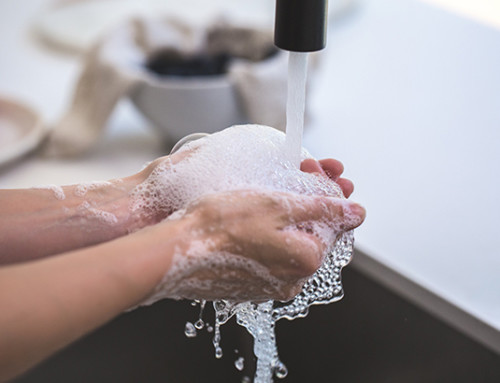
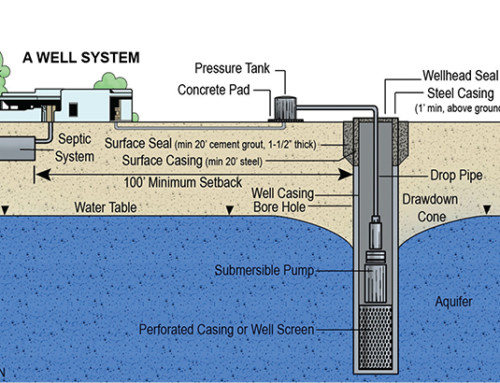
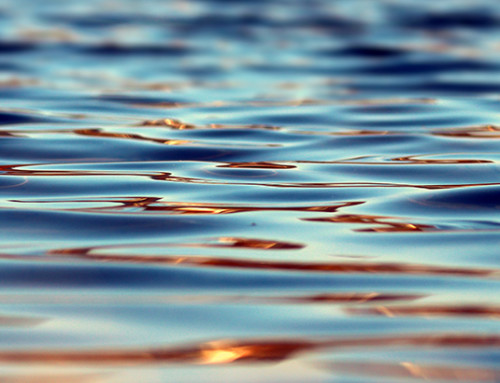
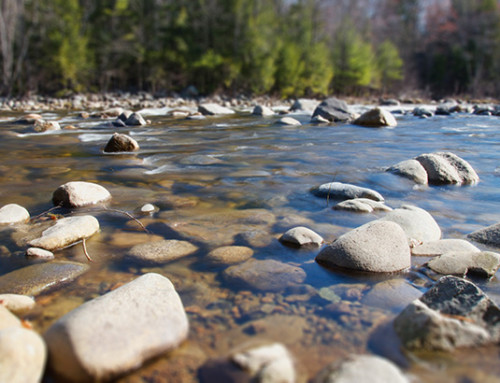
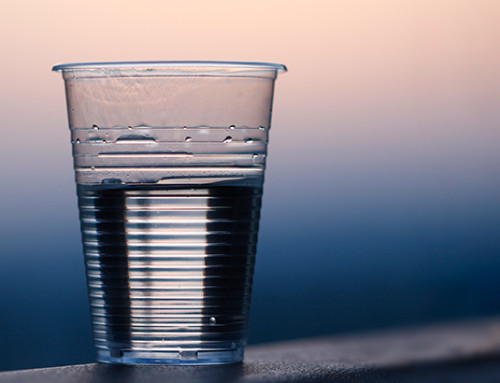
Leave A Comment